Everything you need to know about lab-grown diamonds — and why they're the real deal
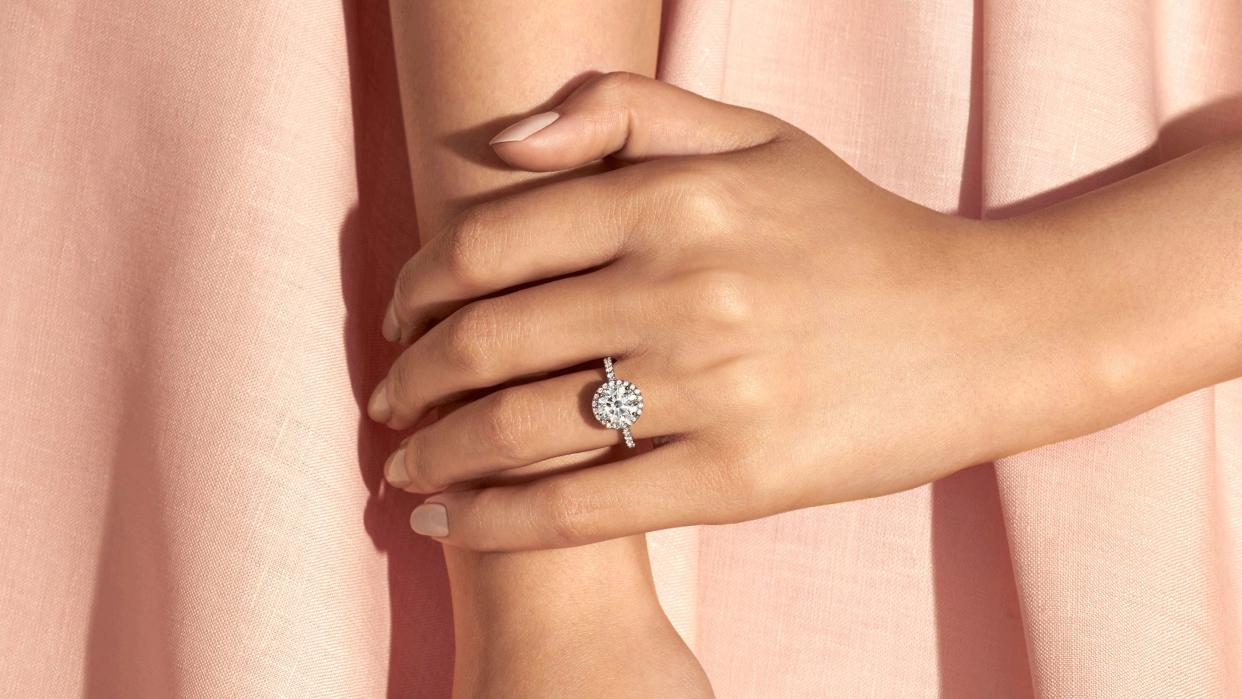
You’ve heard the rumors, but now it’s time to learn the facts: What are lab-grown diamonds, anyway?
The earliest mined diamonds trace back to 4th century India, but over the last 100 years, an avalanche of ethical and environmental issues have plagued the diamond industry — namely, the issue of “blood diamonds,”defined by the U.N. as any diamonds mined in a war zone and sold to finance the effort, particularly that of a warlord. And as the majority of natural diamonds are mined from Africa, there is no way of fully guaranteeing that a diamond you buy will be conflict-free.
Although the Kimberley Process — a multilateral trade regime established in 2003 with the aim of removing conflict diamonds from the global supply chain — has made strides, it’s not without flaws. "Zimbabwe, for example, is a test case for the KP [Kimberley Process]," Amy Barry of Global Witness told CNN in 2010, alleging that Robert Mugabe's regime has benefited from the sale of blood diamonds despite it being a member of the Kimberley Process.
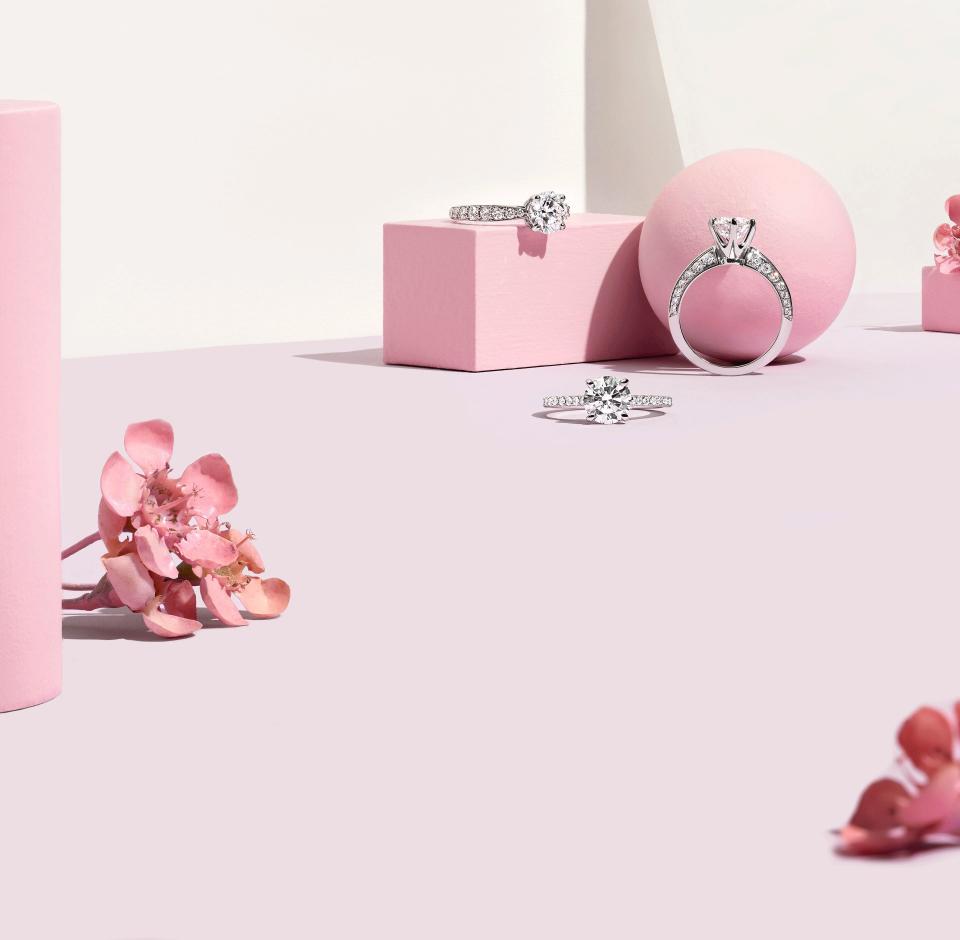
Because of that, now, more than ever, lab-grown diamonds are changing the way we buy diamonds— possibly forever. Leonardo DiCaprio, who starred in the Hollywood film Blood Diamond, has invested in Diamond Foundry, a lab-grown diamond company that supplies Vrai & Oro’s diamonds. Trailblazers like Anna-Mieke Anderson, CEO and founder of MiaDonna, had the foresight to use lab-grown diamonds 15 years ago. Fresh entrepreneurs like Jeff Brenner of Couple are challenging the traditional norms of how and where millennial couples are purchasing their engagement rings.
Yahoo Lifestyle consulted five experts in the lab-grown diamond industry to learn how they’re made and to dispel some of the myths surrounding them.
What is a lab-grown diamond?
“A lab-grown and mined diamond share identical properties, and are each considered an equivalent diamond, except a lab-grown diamond is guaranteed to come without ethical conflict and a minimized environmental impact.” — Jeff Brenner, co-founder, Couple

How are lab grown diamonds made?
“Scientists start the process of growing a MiaDonna lab-grown diamond by cutting a small piece of carbon known as a seed. The seed is then placed in a low-pressure microwave chemical vapor deposition chamber. Hydrogen and methane gases combine with electrical energy, which ignites a plasma ball. A cloud forms in the chamber and carbon molecules rain on the seed. Within six to 12 weeks, a sizable rough diamond is formed. It is then cut, polished and graded the same way an earth-mined diamond is.” —Anna-Mieke Anderson, CEO and founder, MiaDonna
“The heat gets as hot as the outer core of the sun,” notes Mona Sadat Akhavi, vice president of marketing, Diamond Foundry.
How are lab-grown diamonds more sustainable and ethical?
“Unfortunately, the conflict-diamond industry still exists today in 2019. Most of the world's diamonds originate from Africa and only one in four mines are well regulated, leaving 75 percent of diamond mines in Africa plagued with extreme human rights and environmental abuses,” says Anderson.
“Unlike their mined counterparts, lab-grown diamonds are produced by engineers in cutting edge labs. Lab-grown diamond producers are subject to leading environmental and labor standards that ensure the consumer is purchasing an ethical product,” says Brenner.
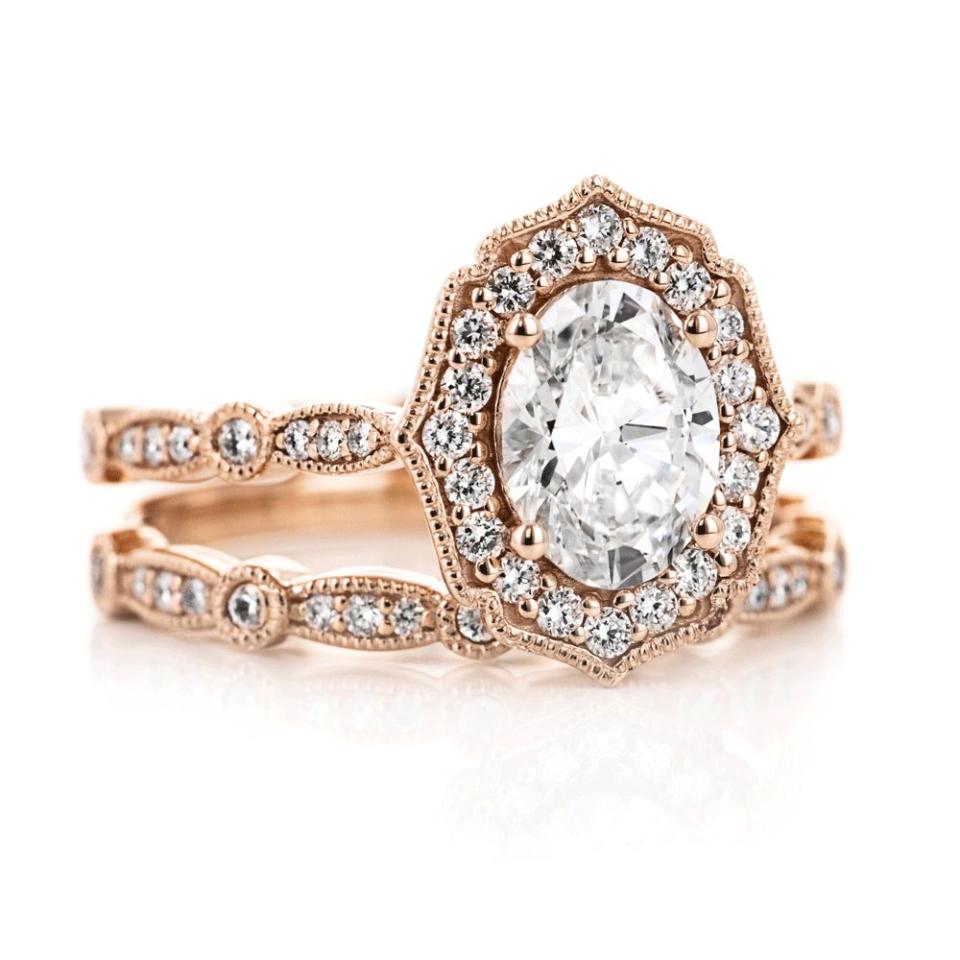
According to a Frost & Sullivan Environmental Impact Analysis report:
A total of 480 liters of water are used to extract and process one carat of mined diamonds, versus 70 liters of water for lab-grown.
Mining for a carat of diamonds generates 57,000 grams of carbon emissions, while emissions associated with lab-grown diamond production is not significant.
Mined diamonds’ overall environmental impact is more than seven times than that of lab-grown diamonds.

Myth: Lab-grown diamonds are not real diamonds.
“In fact, lab-grown diamonds are as real a diamond as mined diamonds, while also offering consumers a more ethical and sustainable choice. In 2018 the Federal Trade Commission unequivocally stated: ‘The Commission no longer defines a ‘diamond’ by using the term ‘natural’ because it is no longer accurate to define diamonds as ‘natural’ when it is now possible to create products that have the same optical, physical, and chemical properties as mined diamonds,’” says Brenner.
Myth: Lab-grown grown diamonds are identical.
“Each lab-grown diamond is individually grown with a unique DNA (or fingerprint) and graded on the same 4C [carat, color, cut, clarity] characteristics as a traditionally mined diamond– making each lab-grown diamond one-of-a-kind.” — Vanessa Stofenmacher, creative director of Vrai & Oro

Myth: Lab-grown diamonds are cheap to make.
“The process to create lab-grown diamonds is very expensive and because of its proprietary nature is not widespread. While offering a discount to mined-diamonds lab-grown diamonds have real value while also offering a more ethical and environmental option. The availability of lab-grown diamonds larger than one carat is very limited,” says Brenner.

Myth: Lab-grown diamonds are the same as CZ or Moissanite.
“I think it would be easy to think they are the same as CZ or Moissanite. Which they are not. Lab diamonds are the same chemical composition, so they are in actuality a diamond. Whereas the others are not.”—Anna Sheffield, founder, Anna Sheffield
How do I know I’m buying a real lab-grown diamond?
“To protect consumers, independent third party grading organizations exist to provide a 4Cs grading report for a diamond. Any reputable retailer will provide the consumer with a certificate that identifies the 4Cs and other characteristics of the diamond. The certificate will include a unique identification number for the diamond that is engraved into the diamond itself. We would never recommend buying a diamond without a grading report from a reputable third party organization,” says Brenner.
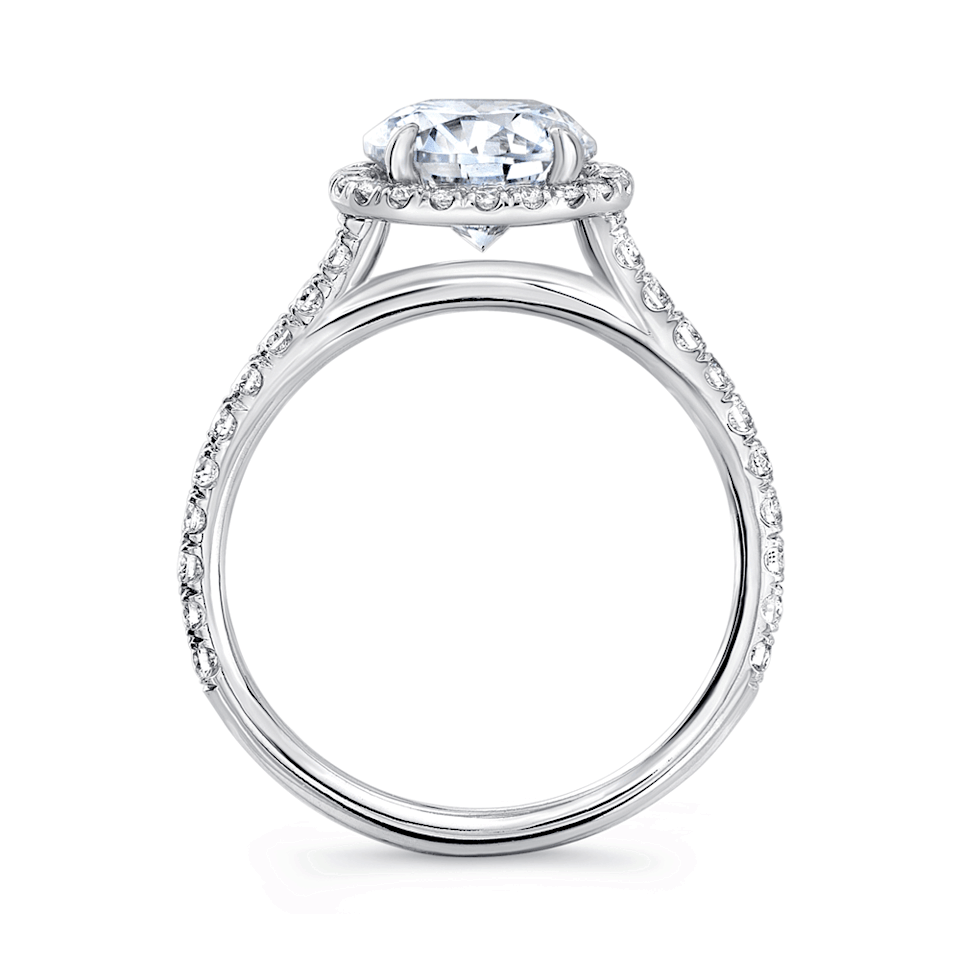
How much do they cost?
“Lab grown diamonds are about 30 percent less expensive than mined, as there are no middlemen and don't exchange hands from buyers to various suppliers.” — Mona Sadat Akhavi, vice president of marketing, Diamond Foundry
“Lab-grown diamonds...are still a few thousand dollars. You cannot get pure carbon lab-grown diamond for a $100. Please do not be fooled,” says Anderson.
Vrai & Oro Pear Pavé

Shop it: $3,163, vraiandoro.com
Couple Classic

MiaDonna Chantilly Stackable Ring
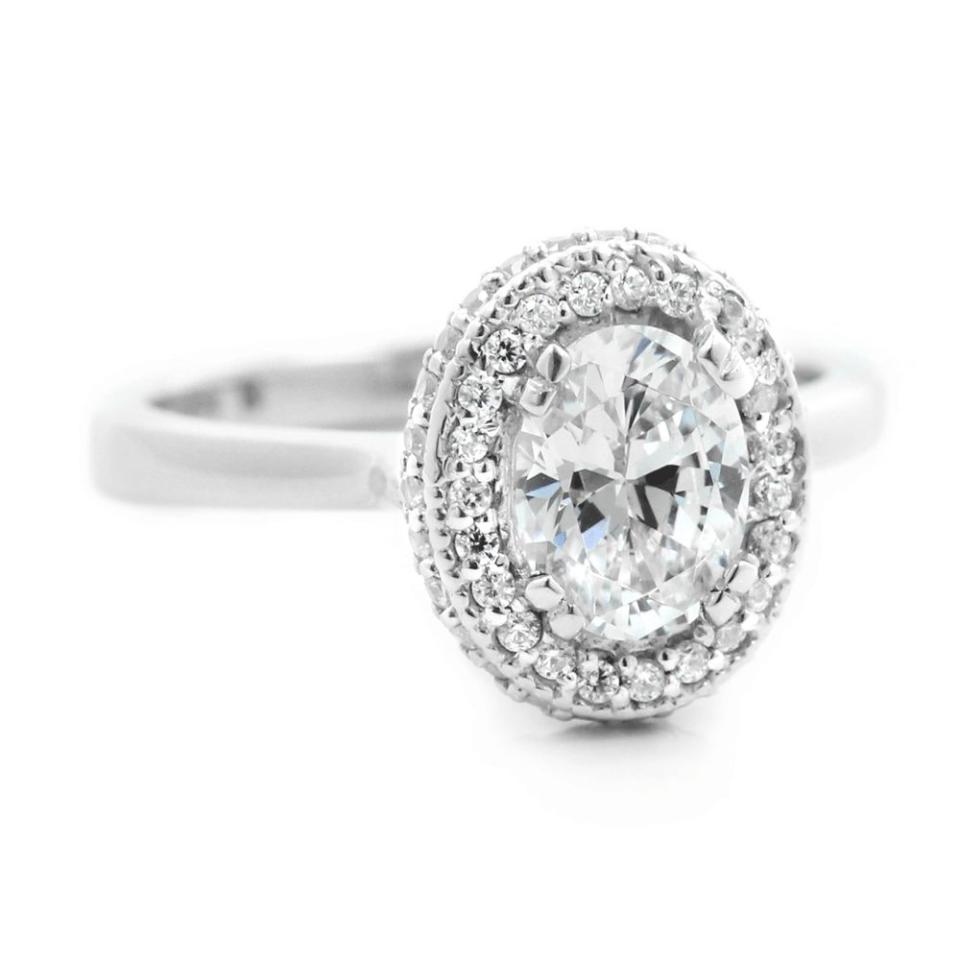
Shop it: starting at $1,440, miadonna.com
Clean Origin Petite Delicate Halo Ring
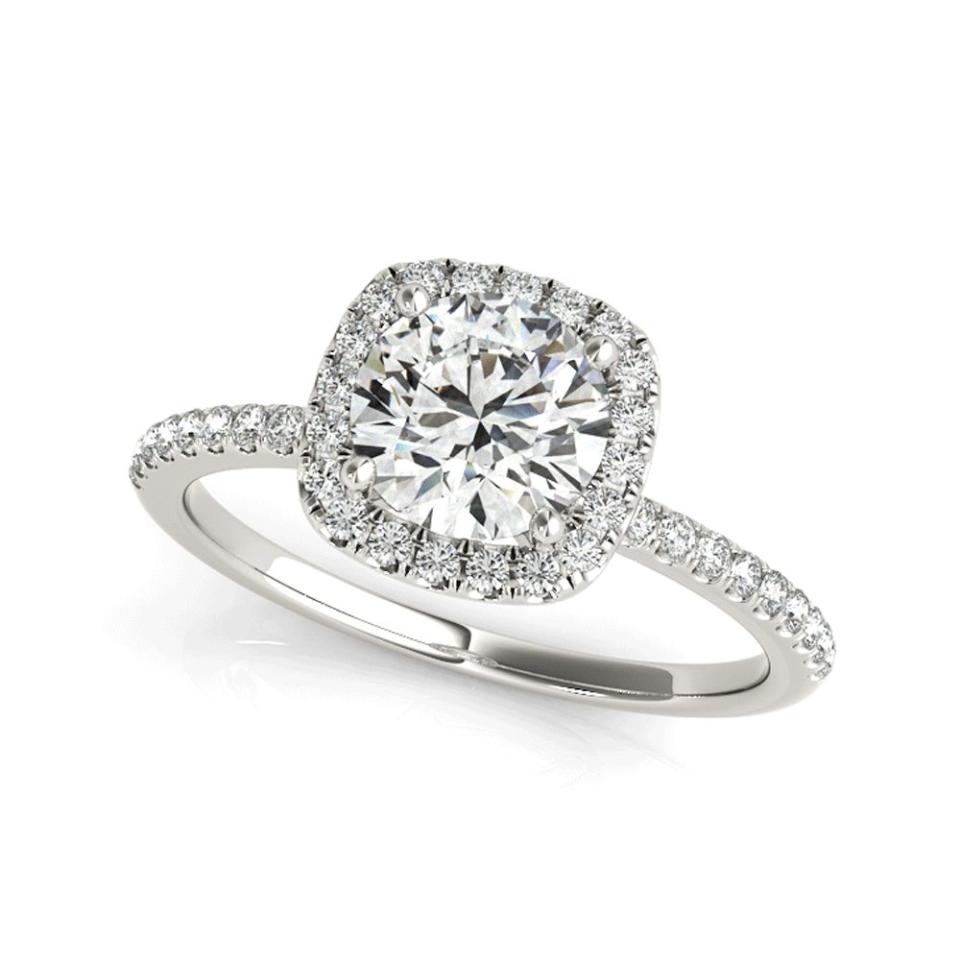
Shop it: starting at $925, cleanorigin.com
Âme Small Hoops
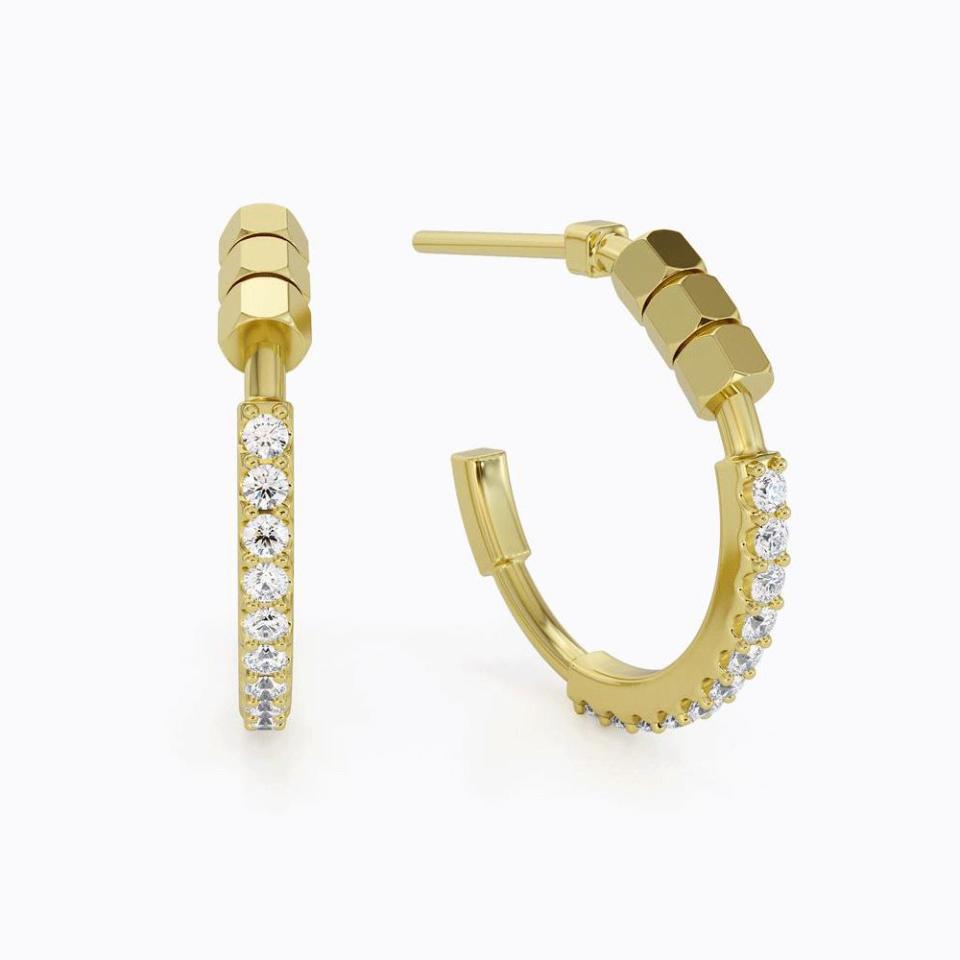
Shop it: $2,750, ame.jewelry
Read More from Yahoo Lifestyle:
• Hurry! The Coach bag of your dreams is on sale for up to 50 percent off
• Joanna Gaines’ ‘tried and true essentials’ include a $5 beauty must-have for summer
• The easy (and affordable) way to remove gel polish at home without destroying your nails
Follow us on Instagram, Facebook, Twitter, and Pinterest for nonstop inspiration delivered fresh to your feed, every day.
Want daily pop culture news delivered to your inbox? Sign up here for Yahoo’s newsletter.


